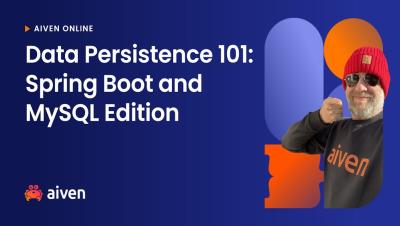Operations | Monitoring | ITSM | DevOps | Cloud
Technology
The latest News and Information on APIs, Mobile, AI, Machine Learning, IoT, Open Source and more!
How to securely query AWS S3 from ClickHouse
Aiven workshop: Data Persistence 101: Spring Boot and MySQL Edition
How to test non-deterministic user flows with Playwright
Advice to someone building a new IoT product
Balancing new feature development and improving what already exists
LTE and IoT - How We Got Here
Cellular devices and networks have come a long way, from brick phones and Blackberrys to iPhones and Google Pixels. In addition to being the ubiquitous connectivity protocol that keeps the Internet at our fingertips at all times, LTE is appearing in IoT products across all industries.
Just a fifth of IT professionals say they fully understand how AI tools work
SIGNL4 Schedule Export
The Advent of Monitoring, Day 5: Dealing With Third-Party Dependencies Causing False Positives for Synthetics
When we’re testing our apps, it's a big headache to simulate what the user goes through while steering clear of the more problematic parts of those processes. These parts, often external and beyond our control and responsibility, are usually not the focus of our testing. Think external services, third-party modules, or APIs. Relying on these unpredictable elements for our tests is a no-go. Nor do we want to rework our tests to check internal implementations just to dodge these issues.











